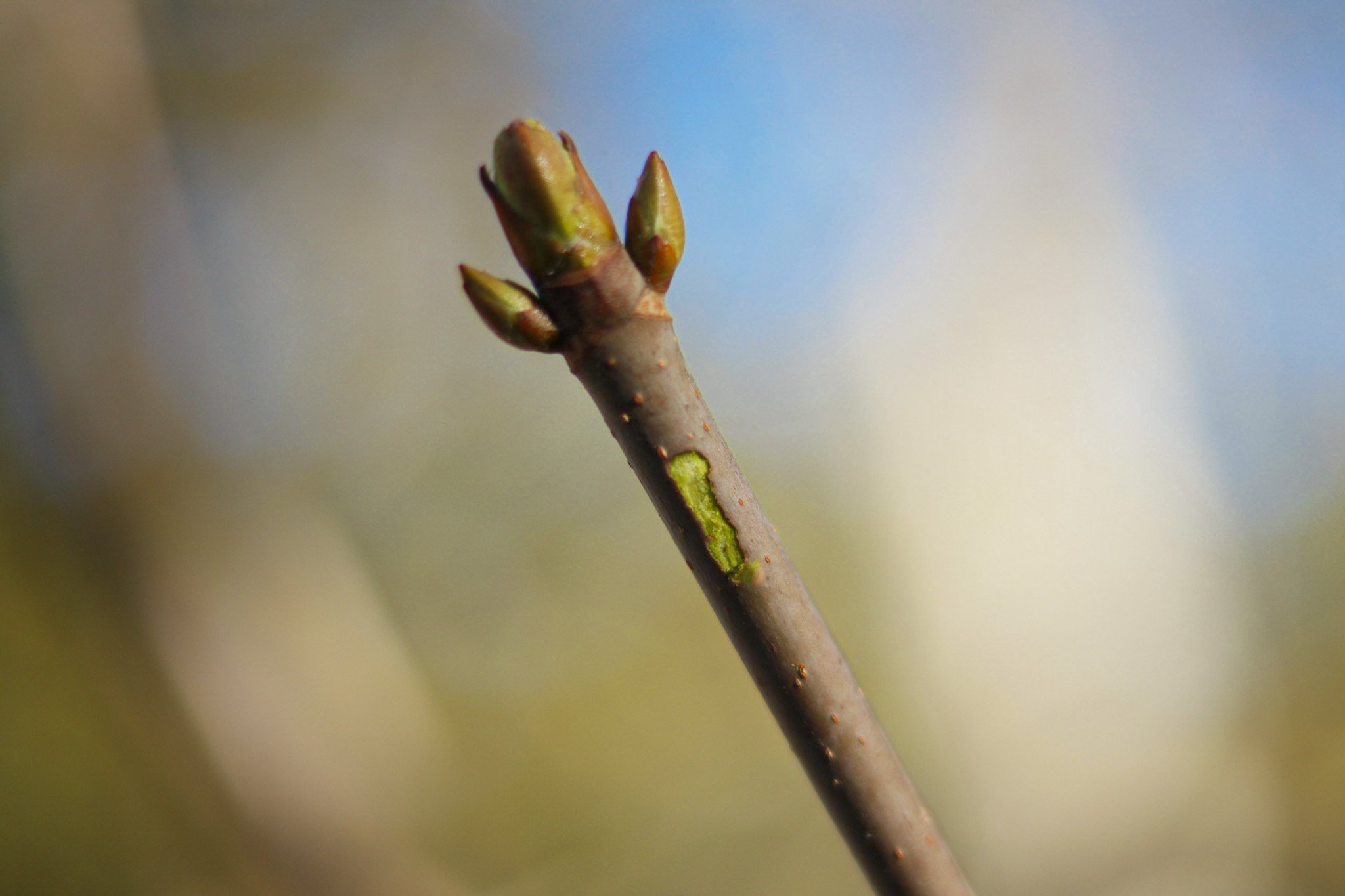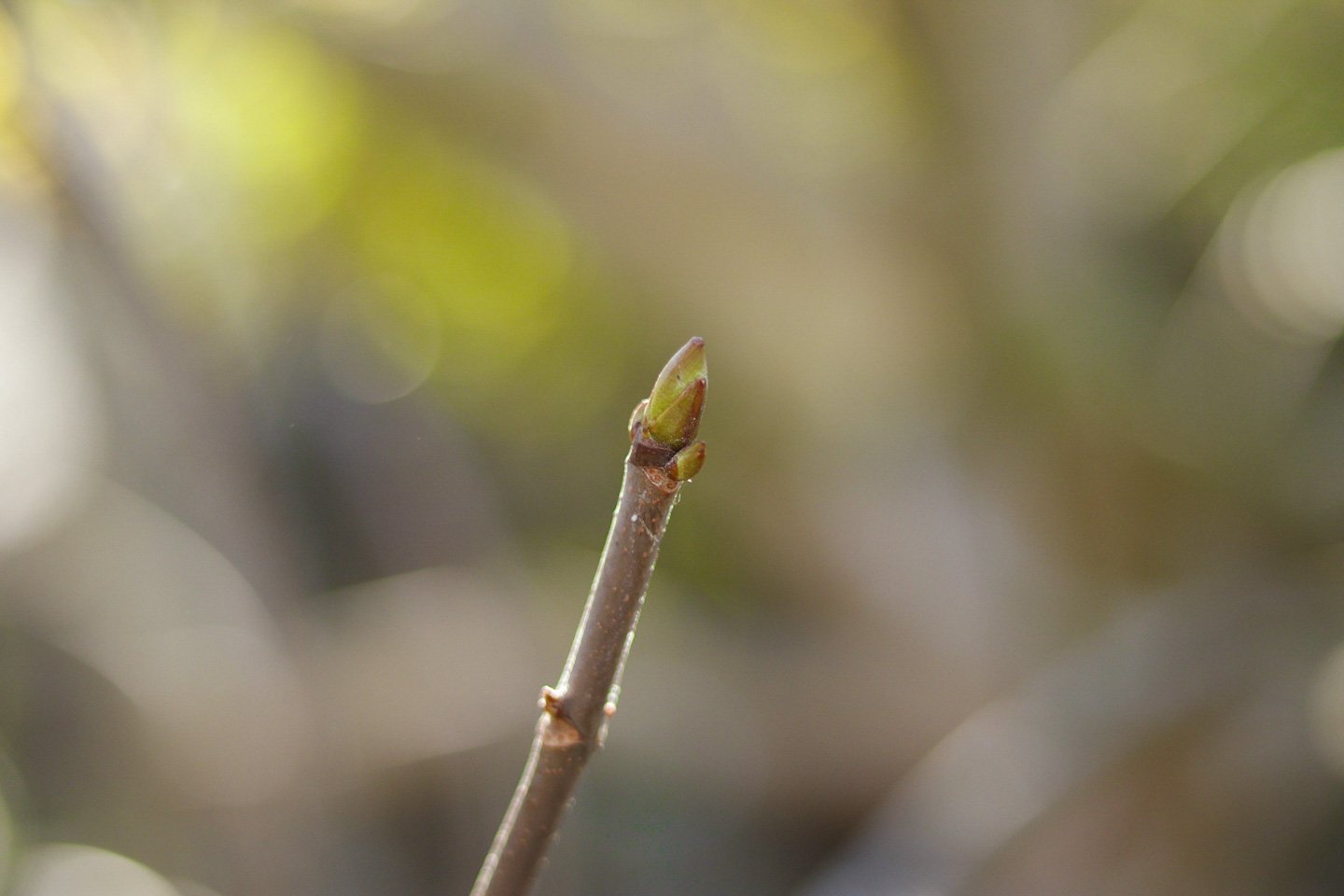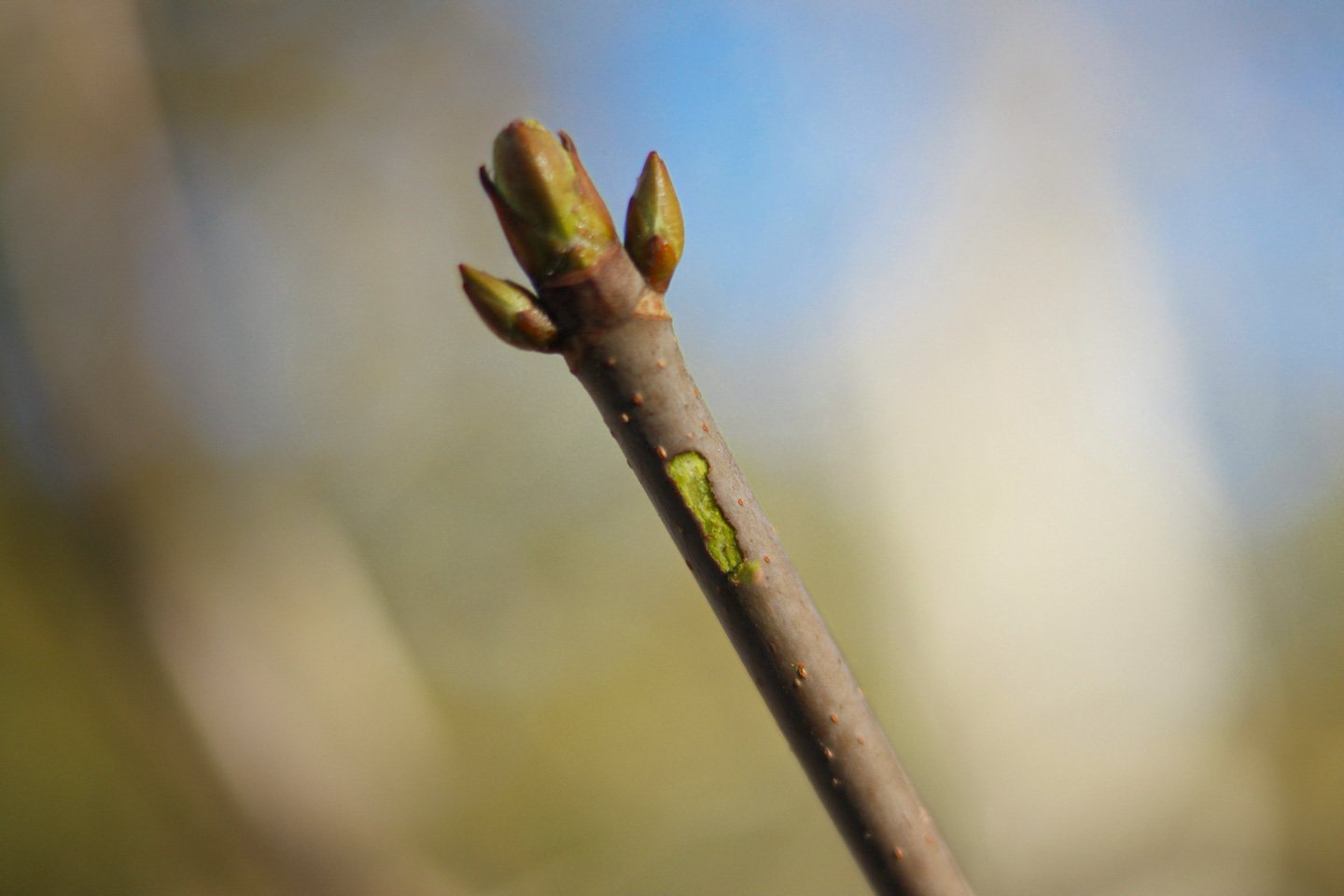Here in Southern California, we see green year-round thanks to our many evergreen trees; however, you’ll still notice plenty of trees that appear dead in the winter. SoCal is home to many deciduous trees, including Sycamores, Redbuds, and California Buckeyes. Once the weather shifts, these trees lose their leaves and start to enter dormancy, which is an environmental phenomenon similar to hibernation in bears. During dormancy, plants stop or slow their growth to conserve energy and protect themselves from the resource scarcity that occurs in the winter. Though dormancy in trees can vary in appearance, it is often characterized by fallen leaves and bare branches (even evergreens will sometimes drop their needles or leaves during the colder months).
If your tree suddenly stops growing, it’s natural to feel worried — especially in times of drought. You may even wonder if your tree is sick or dead. Here are a few ways to tell the difference between a sick/dead tree and a healthy, dormant one:
Accurately identify the species of your plant
The easiest way to know if your tree could be dormant is to accurately identify the species of the plant. Deciduous trees have the most visually-interesting dormancy, with leaves changing from green to bright yellow, orange, red, or brown. These leaves will likely fall as dormancy continues, leaving behind a bare tree. When in doubt, look to trusted sources like Sibley’s Guide to Trees, Californian’s Guide to Trees Among Us, or Cal Poly’s Selectree website for accurate information about the tree you are viewing.
Perform a scratch test
A common method used to determine the health of a tree is to perform a “scratch test.” To perform a scratch test, use a sharp object such as a knife or fingernail to scrape the bark off of a branch. Look for a layer of green tissue, known as the cambium layer, located just underneath the bark. The cambium layer is the growing part of the trunk and its presence signifies that the tree is still healthy.

Check the apical buds
If you can reach any of the tree’s branches, check the tip of the branch for what’s called an apical bud. This is the site of primary growth of the branch, and it looks kind of like a little cone with scales around it. A dead tree’s apical buds will be dried out or even gone entirely.

Examine the tree for other signs of illness
Take a step back and look at the condition of the tree. Check the tree’s bark, trunk, and roots for signs or life (or death). Healthy trees will shed and replace their dense bark, while dying trees will struggle to regenerate bark and could even lose their bark completely. Trees in poor health might have dangerous cavities, cracks, or fungi on the trunk. Getting a holistic view of the tree will provide vital information about the tree’s overall health.
If you suspect that your tree might be dying and need advice, reach out to a certified arborist to determine if you can save the tree. Your arborist will be able to provide you with specific information about how to nurse your tree back to its full health. For more resources and educational materials, please visit https://www.treepeople.org/learn/

